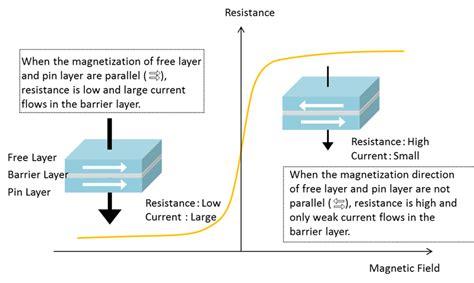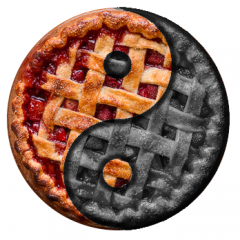What are TMR sensors and how are they different from Hall Effect sensors?
New technologies are never invented specifically for household appliances. We always get hand-me-downs. But just because a technology was used first in a different field doesn't mean that we're familiar with it already when it reaches appliances.
TMR (tunnel magentoresistance) sensors are one such example. Coming to us from the world of computer electronics, they serve the same purpose as Hall Effect sensors but work completely differently.
A TMR sensor consists of two ferromagnets separated by an extremely thin insulating layer. We're talking ridiculously,, inconceivably thin, on the scale of a few nanometers. By comparison, the width of a human hair is typically about 100,000 nanometers. But despite how thin this layer is, it should still prevent any current flow between the two ferromagnets according to classical physics.
However, as shown below, when the magnetization of the two ferromagnets is parallel (here meaning that it's going in the same direction, as opposed to antiparallel), quantum physics steps in. Through an effect called quantum tunneling, electrons pass through the supposedly impenetrable insulating layer. Alternatively, when the magnetization of the two layers is antiparallel, almost no current flows between the ferromagnets.

The bottom layer (called the pin layer) is always magnetized in the same direction. But the magnetization of the top (free layer) will reverse direction back and forth as the motor spins. This causes the resistance between the two magnets to change, and by extension the current. A CMOS chip monitors the current moving through the ferromagnets and uses that to detect how quickly the motor is turning.
When compared to Hall Effect sensors, TMR sensors are 1,000 times more accurate and use less power to do their job. They're simply a superior technology. The reason they haven't been implemented until now is because we only developed the technology to create extremely thin layers of insulation relatively recently. But expect these little quantum wonders to show up more and more over the next few years!
Want to bring your knowledge of appliance technology and troubleshooting up to date? Want to stay on the bleeding edge of the trade? Click here to enroll in the Core Appliance Repair Training course at the Master Samurai Tech Academy.
-
.png) 4
4
-
 3
3
-
 1
1
-
 1
1






6 Comments
Recommended Comments